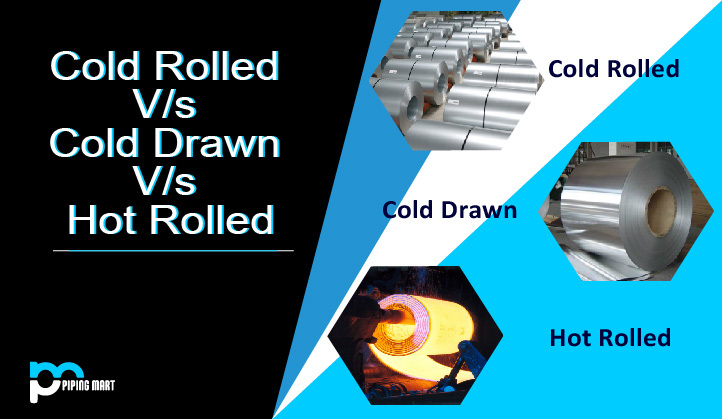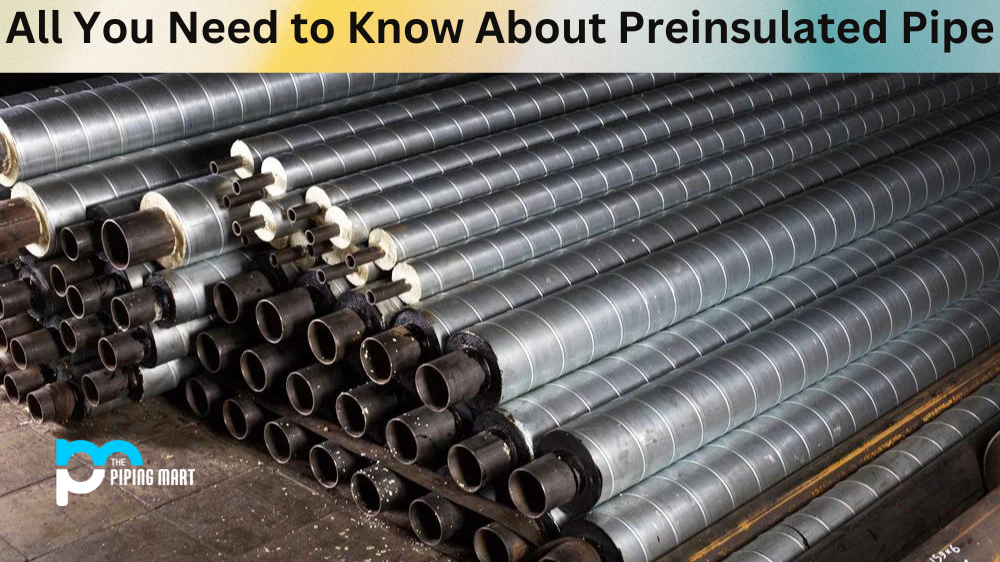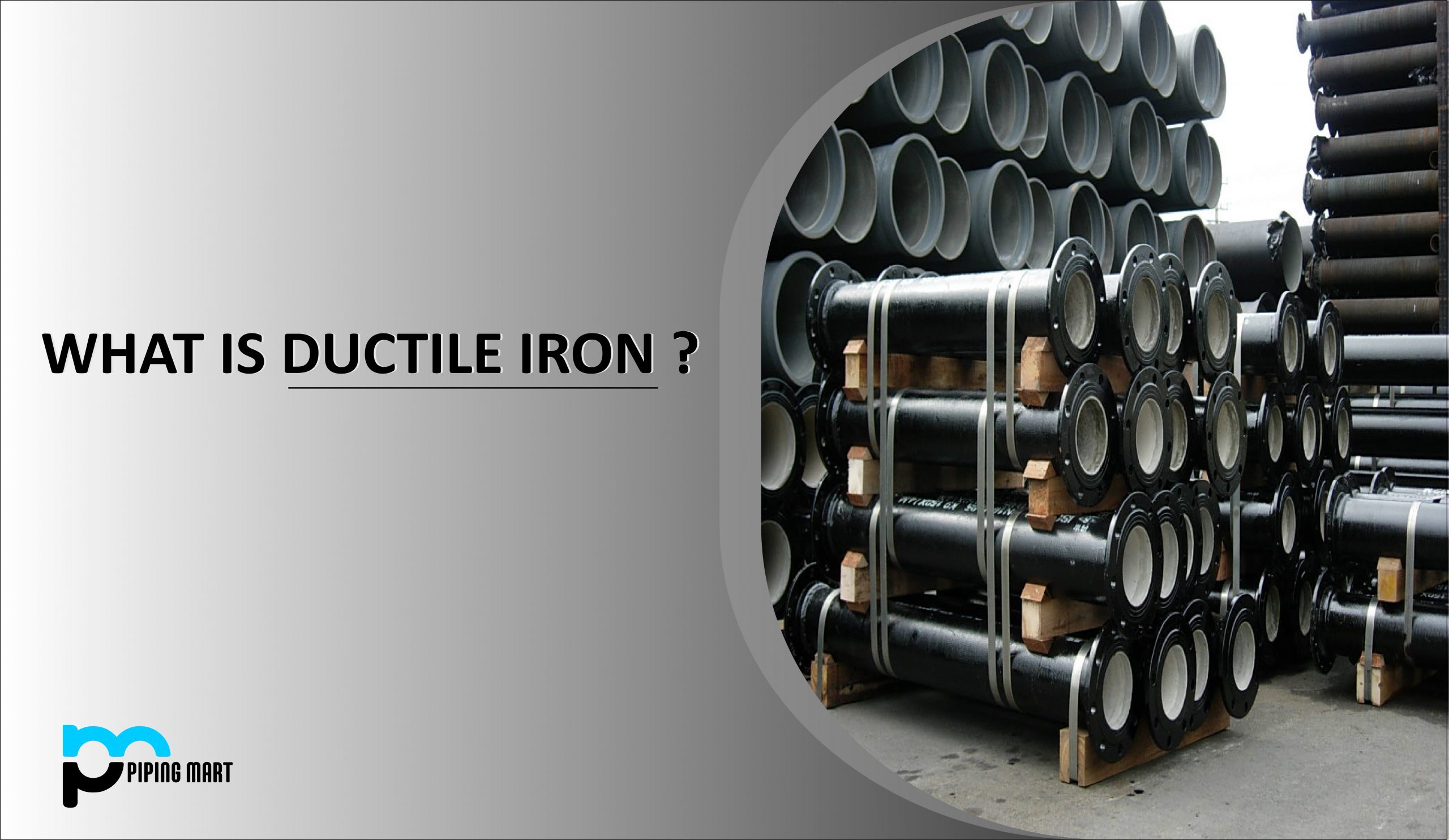The rolling process can be an enigma for the uninitiated, but it plays a significant part in the steel industry. It is important to understand the basic concept of the rolling process when communicating with your steel supplier. In the Steel industry, the term Cold Rolled vs Cold Drawn vs Hot rolled is very commonly used. Understanding how these types of steel are processed and the corresponding uses of each type are essential to ensure that you get the right materials for your project.
What is Cold Rolled?
Cold rolling is a process used in the manufacturing of steel that involves the use of rollers at or around room temperature, which is typically between 60-80 degrees Fahrenheit. During this process, the steel is compressed and stretched, which affects its hardness, strength, and shape. Cold rolling produces a smoother surface than is found with hot rolling and enables manufacturers to produce precise shapes and sizes of steel. This process can produce steel with a thickness range of 0.005 to 0.500 inches and is incredibly popular in the automotive and construction industries. The result is a stronger, more durable product that can withstand extreme weather conditions and heavy-duty use. So, next time you see a car driving by or a building being constructed, you can appreciate the role that cold rolling played in producing quality steel for such everyday necessities.
- Steel can be processed using a variety of types of equipment and temperature. In one of the processes, the steel passes through a pair of rollers to give the metal a certain thickness.
- When the temperature of the metal is lower than its recrystallization temperature, that is, the temperature at which the grain structure of the steel can change, cold rolling is performed. Cold steel is processed at this lower temperature, additional pressure is required to complete the final product. It usually takes multiple passes through the rolls to reach the required thickness. The result of this process is that steel has high tensile strength, which means it is more resistant to warping or breaking under load.
Advantages of Cold Rolled Steel
Some of the advantages of cold rolled steel include:
- Cold rolled steel is stronger and harder than hot rolled steel.
- Cold rolled products are more precise in terms of shape and dimensions than hot rolled products.
- Cold rolled steel can be used in a wide variety of applications where precision is important.
What is Cold Drawn?
The cold drawn process is a manufacturing method that involves drawing the material through a die at room temperature. This process is typically used to create small diameter parts with a high degree of accuracy. The main advantages of the cold drawn process are that it can be used to create very precise parts and that it does not require the use of heat, which can be detrimental to the material.
What is Hot Rolled?
The hot rolled process is a manufacturing method that involves rolling the material at high temperatures, typically above its recrystallization temperature. This process is typically used to create parts with a large cross-sectional area. The main advantages of the hot rolled process are that it is faster than the cold drawn process and that it can be used to create parts with a wide range of shapes and sizes.
Advantages of Hot Rolled Steel
Some of the advantages of hot rolled steel include:
- Hot rolled steel is cheaper to produce than cold rolled steel.
- Hot rolled steel can be produced in a wider range of shapes and sizes than cold rolled steel.
- Hot rolled products are typically less precise in terms of shape and dimensions than cold rolled products.
Cold Drawn vs Cold Rolled
When it comes to metalworking processes, two terms that often come up are “cold drawn” and “cold rolled.” Both processes involve shaping metal, but there are important differences between them. Cold rolling involves passing a metal sheet or strip through a series of rollers that apply pressure and force it to conform to a desired shape. It creates a smooth, flat surface with uniform thickness. Cold drawing, on the other hand, involves pulling a metal rod or wire through a die to reduce its diameter and increase its length. This process produces a more uniform grain structure and a higher strength-to-weight ratio. While both processes can be effective for producing metal parts, choosing the right one for your application will depend on the specific needs of your project.
- Cold drawn steel is processed like cold-rolled steel at room temperature. However, cold rolling produces flat products, and cold rolled steel produces thin products such as bars or wires. It does this by stamping hot rolled steel through a die-a machine that rotates and gives the metal its final slender shape. Cold drawn steel is suitable for long products, such as shafts and structural parts, as well as aesthetic consumer products.
- Cold-drawn steel has the same advantages as cold-rolled steel. The pressure required to produce cold-drawn steel ensures high tensile strength and a smooth, polished surface. Like cold rolled steel, cold drawn steel does not change shape during processing, so the final product has a predictable thickness and shape. Cold-drawn steel usually has to be pulled multiple times through different dies to reach the required size, which leads to higher production costs.
Hot Rolled vs Cold Rolled
When it comes to manufacturing steel, you may have heard the terms “hot rolled” and “cold rolled” floating around. These terms refer to two different processes by which steel is molded into its final form. Hot rolled steel is steel that has been heated and rolled through machines at high temperatures, resulting in a finished product that is typically rougher and less precise in shape than cold rolled steel. On the other hand, cold rolled steel is formed by rolling steel at lower temperatures, resulting in a smoother and more uniform finished product. While each method has its own benefits depending on the application, understanding the differences between hot rolled and cold rolled steel is crucial in selecting the right material for any project.
- The hot rolled steel passes through the rolls at a higher temperature, it changes. The surface of hot-rolled products is also relatively rough and not as durable as cold-rolled products. Compared with cold-rolled steel, the use of hot-rolled steel has some advantages.
- Hot-rolled steel is more ductile, which makes processing during and after rolling easier. This formability also means that because there are fewer steps in the hot rolling process, the cost of hot rolled steel is lower. For example, the metal does not need to be cooled before passing through the rollers, and can significantly reduce thickness in a single pass (compared to cold rolling that requires multiple passes). Hot-rolled products are most suitable for mass-produced products such as rails and I-beams that do not require surface cleaning.
Cold Drawn vs Hot Rolled
The manufacturing process of metal products can greatly impact their strength, durability, and performance. When it comes to steel bars and wire, two common production methods used are cold drawing and hot rolling. Cold drawn steel is pulled through a die at room temperature, resulting in a smoother and more consistent surface finish. In contrast, hot rolling involves heating the steel and then passing it through rollers to shape and form it into the desired size and shape. While hot rolled steel can be more cost-effective, cold drawn steel typically has higher strength and better dimensional accuracy. Ultimately, the choice between cold drawn and hot rolled steel depends on the intended use of the product and the specific characteristics required for optimal performance.
Cold Drawn vs Hot Rolled Properties
The main difference between cold drawn and hot rolled parts is in their mechanical properties. Cold drawn parts are typically stronger and harder than hot rolled parts due to the fact that they have undergone a more controlled manufacturing process. Additionally, cold drawn parts typically have a better surface finish than hot rolled parts as they have not been exposed to the high temperatures during the manufacturing process.
Which One Should I Use?
The choice between using a cold drawn or hot rolled part will depend on the specific application and desired properties. In general, cold drawn parts are better suited for applications where strength and hardness are important, while hot rolled parts are better suited for applications where ductility and malleability are important.

Pipingmart is B2B portal specializes in industrial, metal and piping products. Also, share latest information and news related to products, materials and different types grades to help business dealing in this industry.




